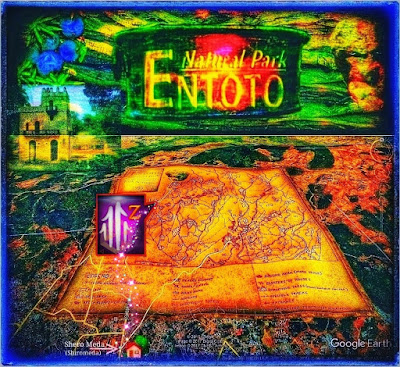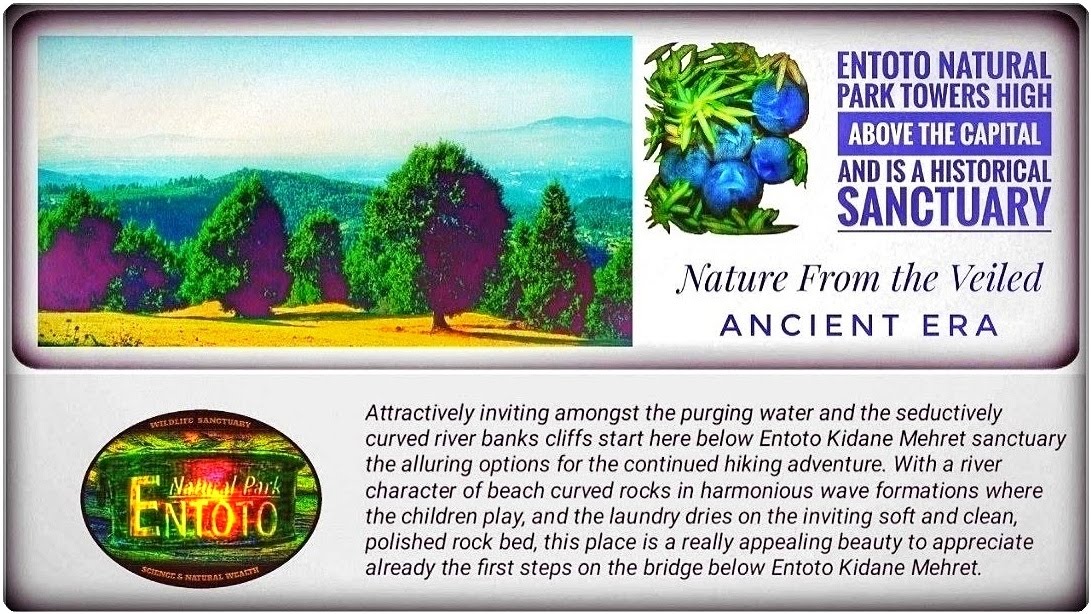Design for Wildlife
 |
| Further information about the area |
Plants and animals do not concern themselves about aesthetical values about the environment, as far as we know. They probably have a more strict functionalistic way of choosing habitat. The ecological aspects of landscape planning and design are dealt with thoroughly in Forman (1986).
Most ecosystems are very complex, and trying to create a natural one is likely to fail. More realistic is to offer condition favourable to several species, perhaps to introduce a few of them and let nature handle the rest. Some sort of attendance might be needed in the initial phases, e.g. removing those species that are too strong competitors. A few keywords for natural design are:
Space: Areas that are too small cannot accommodate a viable population, as a certain degree of variation in the genetic material is needed. There must be enough food or nutrients. The demands for space differs between species and age phases. large beasts of prey (e.g. leopard) need a vast area, while small mammals and insects can manage with much less.
Variation: In order to achieve high biodiversity, the conditions should vary from spot to spot. For example, both safe, undisturbed places and areas with harsher climate or human management should be included. Open areas provide the best conditions for some species, whereas other needs a dense forest. Under very good conditions (a lot of sun, water and nutrients) a few plant species would take control and diversity would be low. Some plants are capable of adapting themselves to special conditions where others would not survive (e.g. drought or human interference (Håkan Blanck and Pia Englund, Entoto Natural Park 1995).
Podocarpus falcatus (P. gracilior ) Podocarpaceae
Indigenous
Vernacular names
Am: Zigba Gr: Zigba
Eng: Podo Or: Birbirsa
Ecology:
Podocarpus trees are mainly found in the southern hemisphere. These conifers which have no cones are related to junipers and are also known as yellow-woods. P. falcatus is a large tree of the semi-humid lower highland forest of the central and eastern Highlands in Moist and Wet Weyna Dega and Dega agroclimatic zones, 1,600-2,500 m.
Uses: Firewood, poles, timber (furniture, boxes, plywood, panels), medicine (bark), ornamental, shade.
Description: An evergreen tree with a straight bole, to 25 m or more. BARK: Grey to dark brown, cracking and scaling into irregular rectangles.
LEAVES: Narrow, shiny dark green, 2-5 cm, gradually tapering. Young leaves larger and brighter giving a green flush. CONES: 1-3 male catkins, yellow-brown, about 2 cm, female cones hard, rounded to 2 cm, very slow to develop, green with dull purple bloom, outer shell thin but inner flesh eaten by monkeys and birds.
Propagation: Seedlings, wildings.
Seed: No. of seed per kg: 2,100-2.600.
treatment: Crack the hard woody seed coat
before sowing.
Storage: Seed can be stored for up to 2 years.
Management: Slow growing.
Hardy once established.
Remarks: The species is now rare due to over-exploitation. The wood needs preservatives and careful seasoning to prevent warping (Azene Bekele-Tesemma 1993).
https://www.entoto-natural-park.org/2018/12/the-environment-culture-and-prosperity.html
https://entoto-nursery.blogspot.com/2018/10/biodiversity.html
___________________________________________________________________________________
 |
Identification, Propagation and
Management for 17 Agroclimatic Zones
Azene Bekele-Tesemma
Edited byBo Tengnäs, Ensermu Kelbesa, Sebsibe Demissew and Patrick Maundu
The contents of this handbook may be reproduced without special permission. However, acknowledgement of the source is requested. The photographers and artists concerned must be contacted for reproduction of illustrations. The views expressed in this publication are those of the authors and do not necessarily reflect the views of World Agroforestry Centre.
___________________________________________________________________________________
Edited by
Bo Tengnäs, Ensermu Kelbesa, Sebsibe Demissew and Patrick Maundu
The contents of this handbook may be reproduced without special permission. However, acknowledgement of the source is requested. The photographers and artists concerned must be contacted for reproduction of illustrations. The views expressed in this publication are those of the authors and do not necessarily reflect the views of World Agroforestry Centre.
___________________________________________________________________________________




Comments
Post a Comment